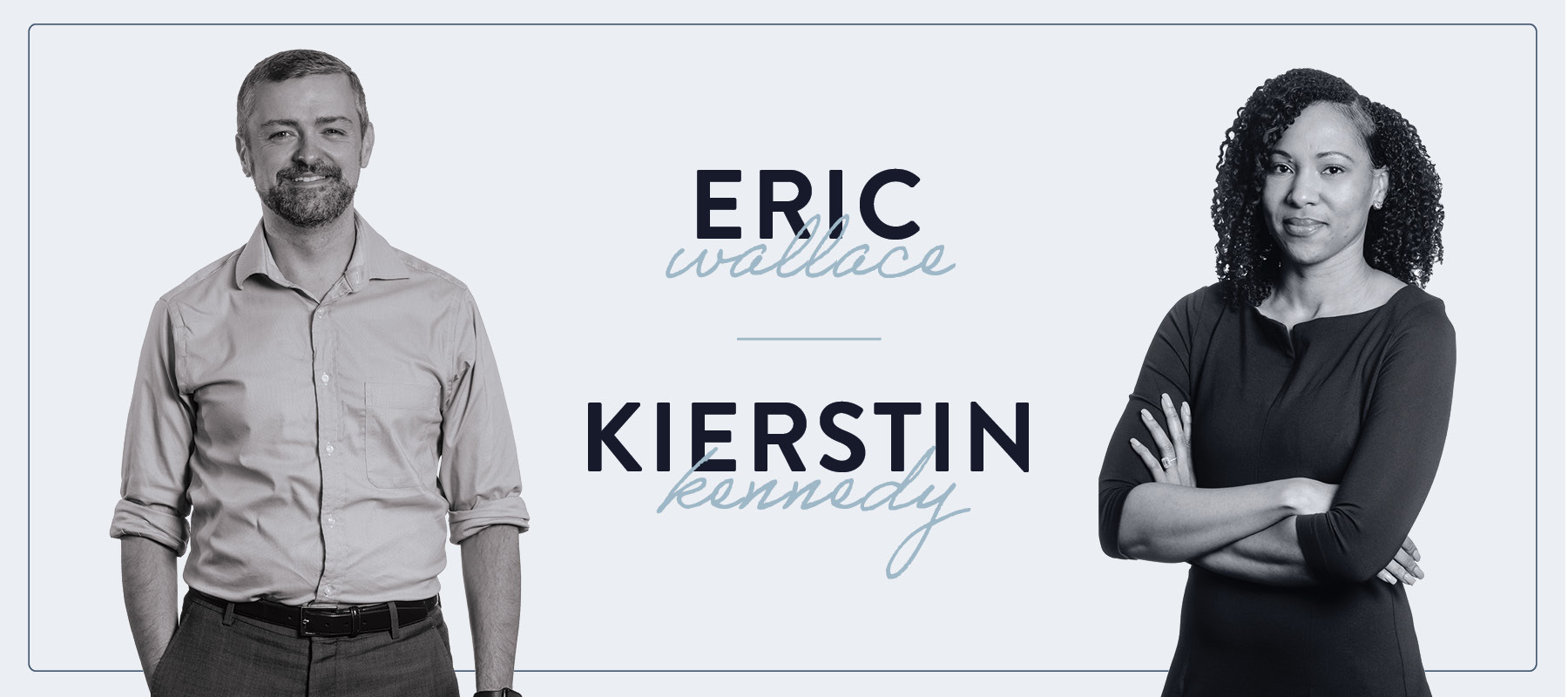 March 13, 2020—a date that changed everyone’s lives here in Alabama—was the date the Alabama Department of Public Health received its first positive test result for a case of the novel coronavirus, as well as the date Governor Kay Ivey declared a state public health emergency. As we embarked on the one-year anniversary of the COVID-19 pandemic in Alabama, we asked people from across the School of Medicine to take part in conversations about what they had learned from the past year, and what they see when they look ahead to the future. The following are excerpts of those conversations, which have been edited for clarity.
March 13, 2020—a date that changed everyone’s lives here in Alabama—was the date the Alabama Department of Public Health received its first positive test result for a case of the novel coronavirus, as well as the date Governor Kay Ivey declared a state public health emergency. As we embarked on the one-year anniversary of the COVID-19 pandemic in Alabama, we asked people from across the School of Medicine to take part in conversations about what they had learned from the past year, and what they see when they look ahead to the future. The following are excerpts of those conversations, which have been edited for clarity.
Eric Wallace, M.D., is the medical director of telehealth at UAB Medicine and an associate professor of Medicine in the Division of Nephrology. Kierstin Kennedy, M.D., MSHA, is the chief of Hospital Medicine and a clinical associate professor of Medicine. We asked Wallace and Kennedy to discuss the evolution of UAB’s clinical response over the past year, how the pandemic may change the practice of medicine moving forward, and challenges each physician faced while caring for patients during the pandemic.
Kennedy: As far as staffing the hospitalist service in the pandemic goes, we were able to adapt pretty quickly. First, we tried to see how we could contain the patients and contain exposures. So, are there providers that are interested in taking care of these patients that we can continue to rotate there? Because then people could get really good at COVID care. Once it grew beyond what we could contain within that core group, then the question was, who do we need to protect? So, pregnant physicians and APPs (advanced practice providers), our older physicians or APPs, or those with comorbidities. And how do we staff with what we’ve got left over?
Wallace: The great thing about UAB is that we invested in telehealth in 2017, so we had started putting the pieces in place prior to the pandemic. When March 13 came, we hit the ground running. Although we had the workflow designed, there were other issues we had to deal with to scale telehealth. On the ambulatory side, we found out the clinics needed cameras. So we had to try to get providers videoconferencing equipment. However, we couldn’t get that in short order, so we decided providers would have to bring their own devices. But in order to bring their own devices we had to create a new Wi-Fi network for providers to use to ensure security of our system along with high-speed Internet.
That was just one example of how many people it took, and how many steps it took to get telehealth scaled in such a short time frame. By April, 74 percent of all our ambulatory visits were telehealth. Technology was only part of the issue, we also had to train 2,200 providers in a really short amount of time. All this amounted to, within a six-month period, we did over 200,000 telehealth visits, which meant the world to our patients, our providers, and our health system.
Kennedy: One thing that I hope to see change as we move forward from the pandemic is the way that we communicate with families. COVID created this extreme example of how stressful it is when you have family members separated and unable to see each other and unable to understand what’s going on. It forced us to be more intentional about our communication. I hope we carry forward some of that, because people deserve it.
Wallace: I think moving forward we have an exciting opportunity to redesign how health care is delivered to improve efficiency, convenience, and outcomes. However, the pandemic revealed some real disparities with telehealth that we’ve got to solve. As soon as you start relying on the patient having a device, Internet, and tech literacy, disparities open up because some patients don’t have these things. We need to address this now.
On the upside, telehealth has changed what the physical footprint for health care delivery looks like. It means that a health system can take care of more patients without expanding their physical footprint. If you do that, you can reduce the cost of care and hopefully those savings can be translated to lower health care costs for patients.
On the inpatient side, UAB is now delivering tele-stroke, tele-critical care, tele-nephrology, tele-neurology, and tele-infectious disease at hospitals across the state. Alabama has plenty of hospital beds, but not all of those hospital beds are created equal because they don’t have access to subspecialties. Maybe we don’t need tons of new hospitals or more beds, maybe we just need to reconfigure what can happen at these hospitals so that only the people that need highly specialized care will occupy beds at tertiary and quaternary referral hospitals such as UAB. Everybody else can stay in their hometown, but still get the subspecialty care they need.
Kennedy: We’re definitely smarter post-pandemic than we were going into it. I’ve been really impressed with our ability to break down silos to innovate around how we delivered care on the inpatient side. We had to pretty quickly break down those walls because, by December, hospital medicine could not contain all the COVID patients. We were offloading all of our general medicine patients so we could just do COVID and then even that overwhelmed us. So we had to figure out ways to, number one, spread out some of the general medicine patients to subspecialists where it made sense, and then when it was time to start spreading out some of the COVID work, we were able to pretty quickly stand up teams and create systems to be able to spread that work out.
What I’m most proud of in all of that is that we maintained the quality of care. I think there were a lot of places that dealt with surges by just loading up as many patients on a doctor as they could. I felt very strongly that we were not going to do that here—I was not going to have a doctor seeing 40 patients. We were going to have to figure out a way to divide the work up and make it so that the 300th patient got the same attention and quality as the third patient. So, yeah, if something like that happens again, I think we would do a great job. But I hope we don’t have to.
